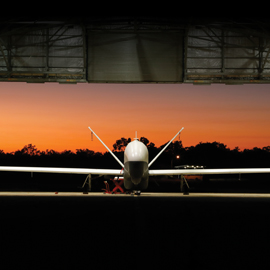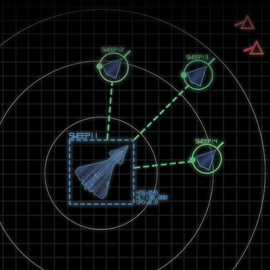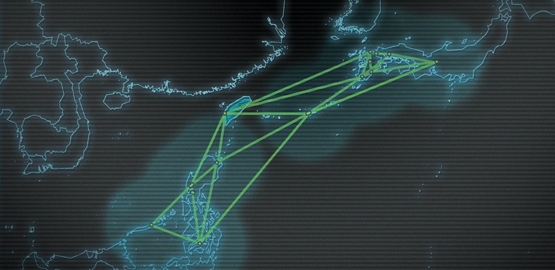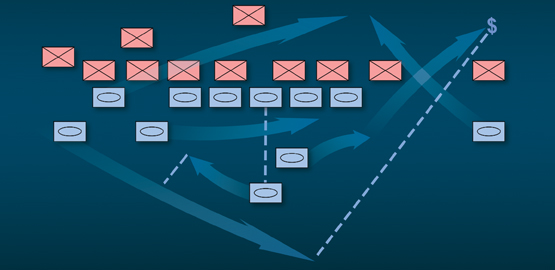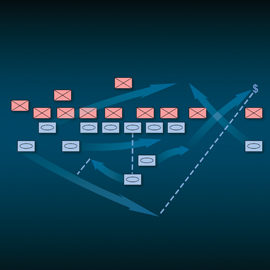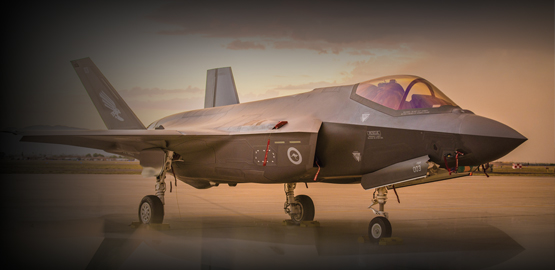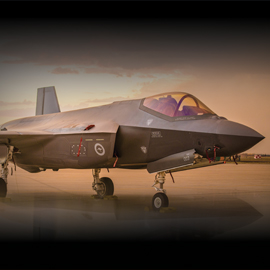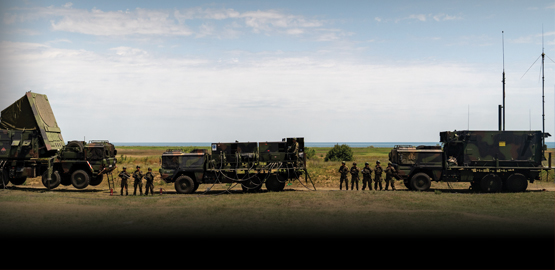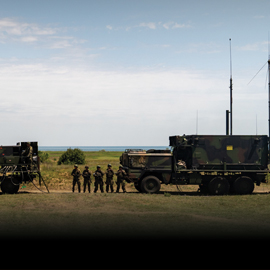Publications
"Nobody does defense policy better than CSBA. Their work on strategic and budgetary topics manages to combine first-rate quality and in-depth research with timeliness and accessibility—which is why so many professionals consider their products indispensable." – Gideon Rose, Editor of Foreign Affairs, 2010-2021
Countering Comprehensive Coercion: Competitive Strategies Against Authoritarian Political Warfare
Democratic nations are particularly vulnerable to comprehensive coercion because their open nature provides pathways for rivals to influence, Countering Comprehensive Coercion offers policymakers a better understanding of the threat they face.
Credibility Matters: Strengthening American Deterrence in an Age of Geopolitical Turmoil
America's global credibility is in crisis -- this new report from CSBA explores how to fix it.
Human-Machine Teaming for Future Ground Forces
By the middle of the 21st century, ground forces will employ tens of thousands of robots, and the decisions of human commanders will be shaped by artificial intelligence; trends in technology and warfare make this a near certainty. The military organizations of the United States and its allies and partners must plan now for this new era of warfare.
Sustaining the U.S. Nuclear Deterrent: The LRSO and GBSD
The threat of nuclear attack by a great power or a rogue state is a major reason why every U.S. administration since the end of the Cold War has validated the need to maintain a safe, secure, and credible nuclear triad. Russia maintains a large stockpile of nuclear warheads and continues to adhere to military doctrine that indicates it might be willing to use nuclear weapons to coerce the United States and its allies in a crisis. Both Russia and China are funding multiple programs to modernize their nuclear arsenals, and the proliferation of advanced military technologies has allowed North Korea to fast-track its nuclear weapons development program.
Analytic Criteria for Judgments, Decisions, and Assessments
Choosing analytic criteria for making strategic choices or judging historical outcomes is a recurring, if not universal, problem. It recurs because no general method for choosing appropriate criteria is known to exist despite the early hopes for methodological innovations ranging from macroeconomic models to operations research, systems analysis, and game theory.
Analysis of the FY 2018 Defense Budget and Trends in Defense Spending
President Trump’s FY 2018 defense budget promises a “historic” defense buildup. At $603 billion in the base national defense budget, some $54 billion over the Budget Control Act caps, it grows the size of military slightly and boosts RDT&E efforts, but doesn’t move the needle on procurement. Does the FY 2018 budget request build the military the U.S. needs? Will Congress succeed in funding more for defense?

